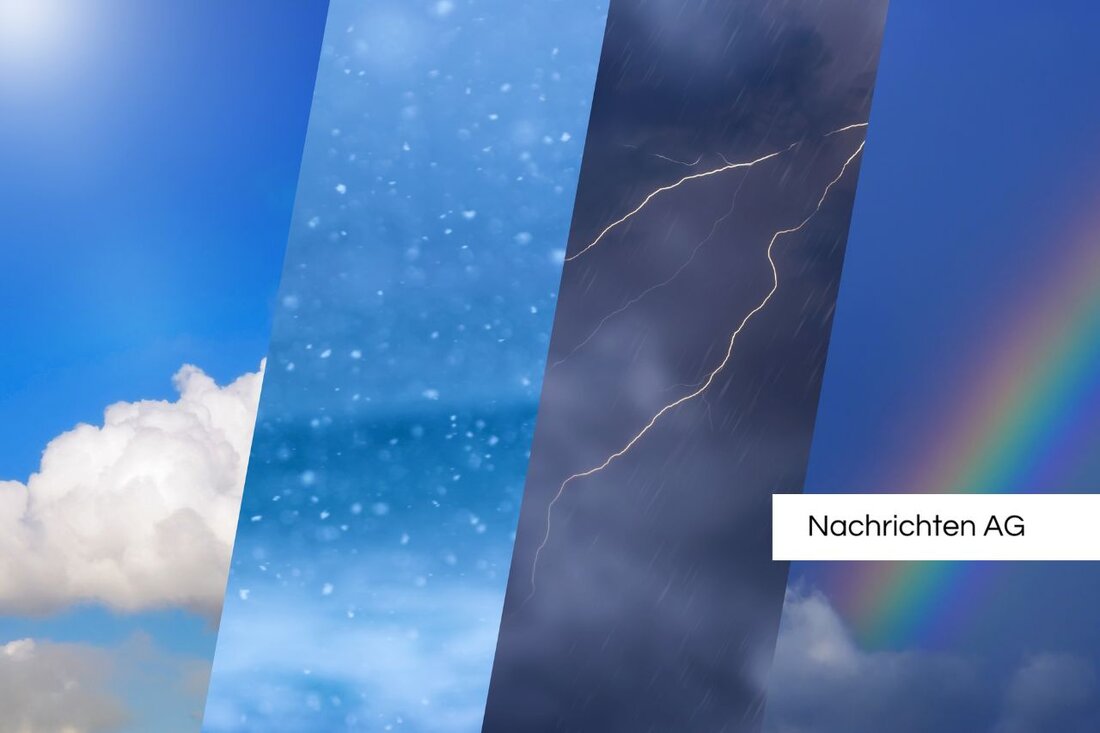Cologne in heat fever: record temperatures and tropical nights!
Mülheim, Cologne: Current heat wave is leading to record temperatures. Climate change is increasing weather extremes in the region.

Cologne in heat fever: record temperatures and tropical nights!
The weather in Cologne always revolves around the question: How hot will it be today? On July 2nd, the heat wave that gripped Germany reached its peak in the cathedral city. Loud Rhenish advertising papers 25.7 degrees were already measured in Keupstrasse in the morning, while temperatures in Zündorf rose to 38.9 degrees at lunchtime. This episode is the third strongest heat wave ever recorded in Cologne.
An interesting point: While the outskirts of the city are often warmer during the day, the city center shows exactly the opposite from the late afternoon hours onwards. Here the heat collects through the buildings, which is then slowly released from 5 p.m. On the night in question it only cooled down to 25.7 degrees on Keupstrasse, which is unique in German cities. Even on the surrounding mountain peaks, such as the Ölberg in the Siebengebirge, the temperatures remain quite high at night, reaching up to 28 degrees.
Climate change and its effects
The heat wave is not just a momentary whim of nature. According to the city of Cologne, which points to various climatic changes, the frequency of such heat events has been steadily increasing in recent decades. Climate scientist Ed Hawkins developed the Warming Stripes to visualize these changes. A look at the color-coded stripes shows that the years are getting hotter. The passionate red colored stripes in recent years represent rising average temperatures, which rose from 7.4 °C in 1888 to 11.2 °C in 2023 for North Rhine-Westphalia.
For Cologne, the data provided by the city illustrates a clear development. In the coldest year, 1888, the temperature was 8.8 °C, while the warmest year in 2022 set a new record at 12.6 °C. Greater awareness of climate change and its consequences is now urgently needed. The city of Cologne emphasizes that continuous climate monitoring and sustainable practices are essential.
A look at the weather data
A closer look at temperature and precipitation data from 1940 to 2023 shows that many months experienced an increase in temperature. December is at the top with an increase of 3.09 °C. An increase in precipitation of 0.74 mm in July also represents another trend that is significant for the Cologne population. An overview of essential climate data for Cologne:
| Month | Temperature 1940-1950 (°C) | Temperature 2013-2023 (°C) | Temperature change (°C) |
|---|---|---|---|
| July | 18.44 | 19.85 | +1.40 |
Given these developments, heatwaves are predicted to continue to increase in the coming years. Meteorologist Karsten Brandt warns that a heat record of over 40 degrees in Cologne is quite possible in the next five years. By 2050, temperatures of 43 or 44 degrees could even become a reality - for a city that is already considered Germany's hottest urban area.
Given these alarming warnings, it is time for Cologne residents and decision-makers to work together to find solutions to deal with the extreme weather conditions. The city's future depends on how it adapts to climate change.

 Suche
Suche
 Mein Konto
Mein Konto